Replacing heating radiators: a guide for dismantling old batteries and installing new appliances
If the apartment is cold in winter, most likely you need a replacement radiators. Traditional cast iron or steel batteries become dirty over time.
The coolant moves along the old devices in a thin stream, does not provide thermal energy sufficient for normal heating of the home. To improve the thermal regime, it is worth dismantling the old equipment and installing new ones, but for the best result, you need to know how to correctly perform the work.
In this material we will talk about how to properly dismantle old radiators and install new devices in their place.
The content of the article:
What needs to be thought out in advance?
If the decision to carry out repairs of this type is made, you should find answers to a number of questions:
- When and by whom will the work be carried out?
- Which type of radiators need to use?
- Is it necessary to replace pipes leading from the battery to the riser?
- How many sections will each room need?
It is best to carry out such an alteration in the summer, because to begin work, you must obtain the permission of the local housing office. In winter, officials give such permits extremely reluctantly because they will have to block the common riser and leave other apartments without heating for some time.
But even outside the heating season, getting permission can be difficult. Those who have already solved such problems speak of the need to wait several days, trying to get an appointment with the right employees, etc. Some faced pressure: it was recommended that they hire plumbers from the housing office to carry out all the work.
There are no restrictions on this issue. The main thing is that an experienced plumber with the appropriate qualifications perform the replacement of the heating batteries. It is possible to identify all the flaws made during inept installation only during operation.
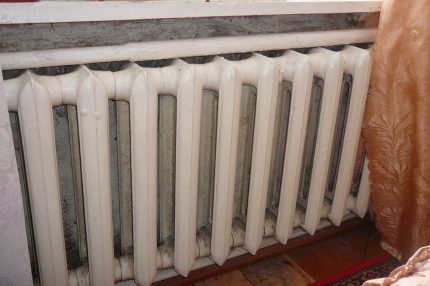
It is best to go to the Housing Office in the summer, and not in the fall, which accounts for the peak of the queues.At this point, all the necessary materials must be purchased, pre-assembled radiators, prepared tools, negotiated with the team, if necessary.
If the house is connected to a central heating system, you should contact the service to coordinate the alteration. Here you can perform the necessary calculations to accurately name the number of sections of radiators, as well as clarify other technical issues.
You can calculate the required number of heating radiators yourself. How to do this, we described in detail in this article.
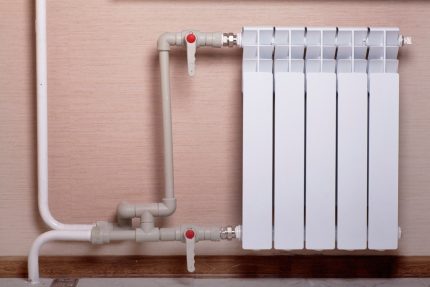
Lack of proper calculations can lead to an imbalance in the home heating system.
First, for the calculations, you need the information that is in the DEZ:
- type of boiler room (it can be central or individual for a particular house);
- type of system: two- or single-tube;
- parameters of existing supply pipes;
- coolant characteristics: temperature, pressure, pH, etc.
Most often, old batteries are replaced with new modern models, usually aluminum or bimetallic. Although cast iron, copper and steel products are also available. The type of radiator is needed when performing calculations.
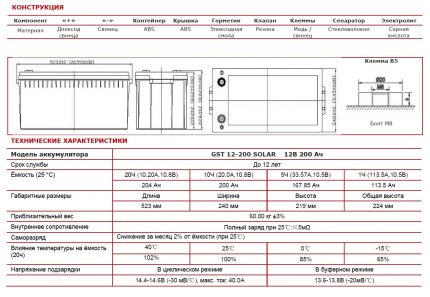
Such indicators as the pressure that the device can carry, the maximum temperature of the coolant, heat transfer and other data will be needed. They can usually be found in the technical data sheet.
If not only radiators, but also pipes leading to them are subject to replacement, you should select the appropriate material. Usually it is steel, metal-plastic or polypropylene. Some wizards strongly recommend using only steel communications for centralized systems.
Depending on the type of pipe chosen, appropriate equipment for their welding will be needed. MP and PP pipes are easier to mount than steel. To work with metal, you need not only a welding machine, but also a tool for threading. Therefore, if the old pipes are clean enough, it is recommended to leave them, and replace only the battery.
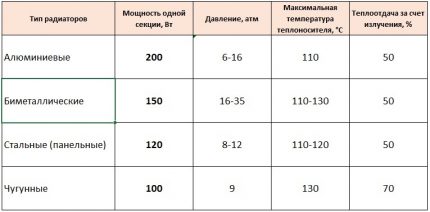
The weak point of metal-plastic constructions is joints. They must be performed very carefully, installation errors often lead to leaks. The popularity of MP pipes is explained by their relatively low price. Plastic is more expensive, but more reliable, if the welding is done correctly, the tightness of the joints will be very high.
For the selected radiator, you need to choose the appropriate fasteners. In this case, it is necessary to take into account both the type of radiator and the material of the wall on which the installation will be performed: brick, concrete, etc. Typically, batteries are equipped with the appropriate type of bracket.
To install one radiator, usually use two brackets at the top and one at the bottom. Their position is carefully checked by the level, so that during the installation of the battery to eliminate the likelihood of skewing. However, some models are installed with a slight slope to ensure the removal of air entering the system. If the number of sections is more than twelve, you may need another top bracket.
Rules for placing a radiator
Batteries are placed most often under the window to compensate for heat loss when cold air enters through the opening.
In this case, the following distances must be maintained:
- from the wall - 20 mm;
- from the floor - 120 mm;
- from the windowsill - 100 mm or more.
It is advisable that the window sill does not overlap the radiator too much for efficient air circulation in the room. These figures are only recommendations, they can be more or less, although noticeable changes can affect the heat transfer of the structure.
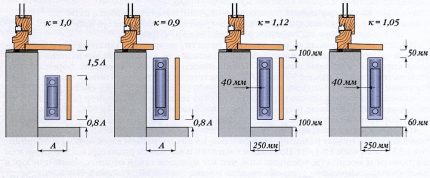
To improve the situation, it is recommended to cover the wall behind the radiator with reflective material, such as penofol. Although some masters consider this measure useless. And here is a beautiful decorative screen will become an obstacle to warm air, it is better to refuse it. Modern batteries look quite attractive, it makes no sense to hide them.
Work procedure
To correctly replace the heating radiators in the apartment, you must:
- Align the alteration with the service department.
- Purchase the necessary materials.
- Preassemble nodes.
- Prepare the tools.
- Agree with the team (if it is not planned to do the work yourself).
- Make alteration in the housing office, determine the date of work.
- Remove old radiators.
- Install the brackets.
- Attach new batteries.
- Connect to the heating pipes.
- Check system operation.
During the preliminary assembly of the nodes, all the necessary elements are installed: plugs, gaskets, Mayevsky cranes etc. In addition, you can pre-mark in those places where the pipes will be cut. In this case, use a plumb line and level so that the new radiator becomes level.
If the supply pipes also require replacement, these elements must also be prepared: cut pieces of suitable length, attach tees, etc. All this is done in order to complete the installation faster after draining the water from the heating system. Such a measure will be more than relevant if the need to replace old batteries arose during the heating season.
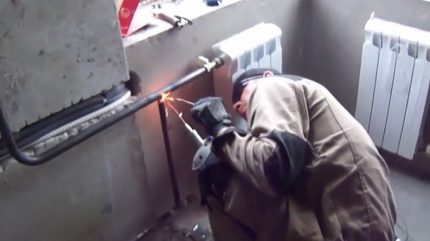
The procedure for dismantling old batteries depends on whether the pipes need to be replaced. If you need to keep the supply communications, you will have to carefully unscrew the old battery. At the same time, it is important to maintain the flare - a sufficiently long thread at the edge of the pipe. The radiator is fixed with a nut and a coupling, which will have to be unscrewed.
The procedure can be quite complicated. If the parts do not move, you can try to loosen the connection with anti-corrosion compounds. In the worst case, the radiator is simply cut off by a grinder. At least 10 mm of thread must remain. Deburrs should be removed from it.
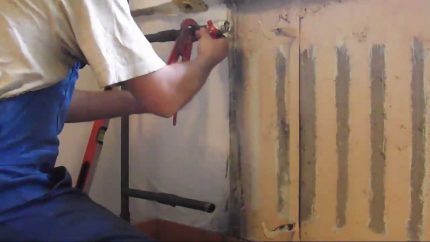
If it was not possible to maintain the flare, it will be necessary to build up the pipes, as well as cut new threads. The removed locknuts can then be reused later mounting a new radiator. It is much easier to dismantle the radiator if the pipes are also replaced. In this case, they are simply cut off in a suitable place. Usually this is the place where the system turns to the neighbors above and below.
Now you need to install the brackets, and then hang a new radiator on them. At this stage, sometimes it is necessary to adjust the length of the supply pipe. It remains to restore the threaded connection. It is very important to properly seal. For this, flax or plumbing thread is usually used.
Some masters do not recommend using FUM tape on such connections. The sealant is wound clockwise so that it forms a cone growing from the edge of the thread. Then screw the union nut. If part of the seal is left outside, this is normal. But its layer should not be too thick.
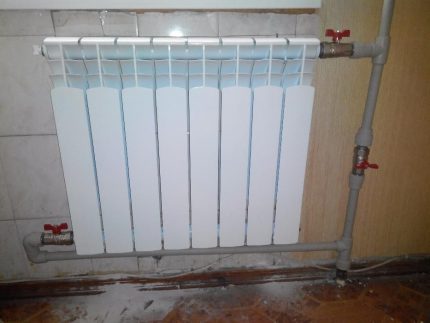
To achieve maximum tightness, sometimes the sealant is impregnated with paint, after which a lock nut is screwed. Then the protruding insulation is also impregnated with paint. Aqueous emulsion composition for these purposes is not suitable. After the paint has dried, it is very difficult to loosen the joint.
At the end of the connection, remove the protective film from the radiator. You must also check the position of the air vent. Its opening should be directed upwards. To check the quality of work, you need to ask the plumbers to pump water into the heating circuit under pressure.
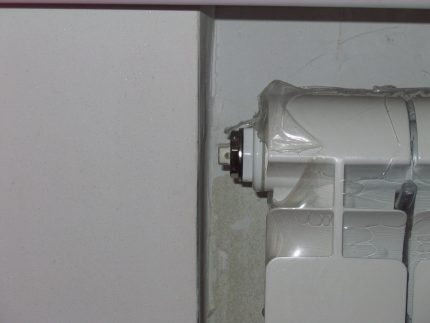
This will identify and immediately eliminate leaks. During operation, it does not hurt to watch the radiator for the first time, as well as check the condition of the connections to make sure that they do not leak.
Some interesting tips
If you decide to change the old batteries, it will not hurt to think about installing a faucet, normal or with a thermal head. In the first case, you can manually adjust the flow of coolant, in the second - this will be done automatically. But if they put on the radiator temperature controller, it does not need to be covered with a decorative screen.
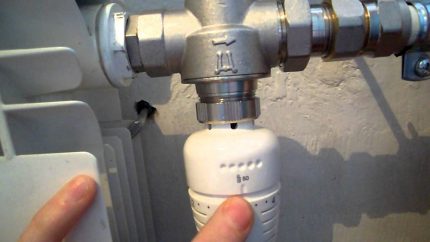
This will lead to data distortion during temperature measurements. It is worth noting that thermostats can be set only with single-pipe systems. In any case, at least one stopcock should be installed at the inlet and outlet of the radiator, if they are missing.
This will disconnect the radiator from the system to clean or replace it, regardless of the season. The thermal power reflected in the battery data sheet does not always correspond to the declared one. If you make the number of sections 10% larger, you can improve the situation.
Conclusions and useful video on the topic
How to choose a suitable replacement option:
Detailed master class:
Overview of common errors:
Inexperienced masters should not start practicing on heating systems. In the process of replacing one radiator with another, there are many nuances. Errors will result in costly repairs. It is better to entrust such a task to experienced plumbers.
If you have experience independently replacing heating radiators, please share it with our readers. Perhaps you know the subtleties that we did not mention in this article? Tell us about them in the comments section.

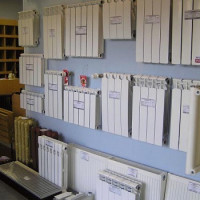 Calculation of heating radiators: how to calculate the required number and power of batteries
Calculation of heating radiators: how to calculate the required number and power of batteries 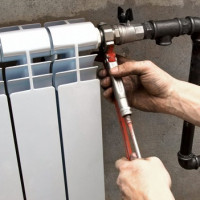 Installing heating batteries: do-it-yourself technology for the correct installation of radiators
Installing heating batteries: do-it-yourself technology for the correct installation of radiators 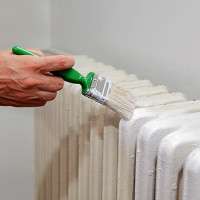 How to paint a heating battery: step-by-step technology for painting radiators
How to paint a heating battery: step-by-step technology for painting radiators 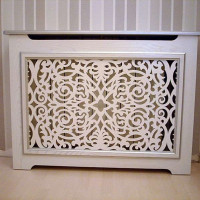 How and what is better to close the heating battery: options for masking radiators
How and what is better to close the heating battery: options for masking radiators 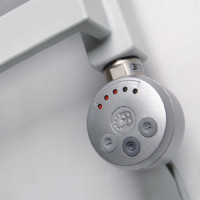 Heating elements for heating radiators: purpose, types, selection criteria, connection features
Heating elements for heating radiators: purpose, types, selection criteria, connection features  How much does it cost to connect gas to a private house: the price of organizing gas supply
How much does it cost to connect gas to a private house: the price of organizing gas supply  The best washing machines with dryer: model rating and customer tips
The best washing machines with dryer: model rating and customer tips  What is the color temperature of light and the nuances of choosing the temperature of the lamps to suit your needs
What is the color temperature of light and the nuances of choosing the temperature of the lamps to suit your needs  Replacement of a geyser in an apartment: replacement paperwork + basic norms and requirements
Replacement of a geyser in an apartment: replacement paperwork + basic norms and requirements
Yes, ZhEK and on this earns. In June, I went to drain the water from the system. So they rolled out such an amount that I was dumbfounded. He came home, checked that there was no water in the system, and calmly prepared everything for replacement.
I bought polypropylene pipes, adapters for metal, and in three days I replaced 4 radiators. The 9-storey building, Soviet-built, installed bimetallic radiators, bypasses and cranes, so that you can block and do something if necessary, even when the system is full.
If you need to change only the radiator itself, then this is generally a ten-minute matter.However, usually now people change old cast-iron batteries to aluminum ones and because of the difference in sizes they have to change pipes as well. However, there is not much more work. But the temperature difference you will immediately notice. Yes, and modern batteries look much nicer than old cast irons. So if you haven’t changed yet, don’t be afraid and don’t pull.
I agree that changing the battery as a whole is not a big deal. Yes, in principle, even if a section is out of order, it can also be safely replaced (you will need a special key). Especially all this is easily done in a private house. But when it comes to the apartment, dances with a tambourine and housing and communal services begin here. And this epic is really a blockbuster, so I myself do not climb batteries in the apartment - my nerves will be more whole.